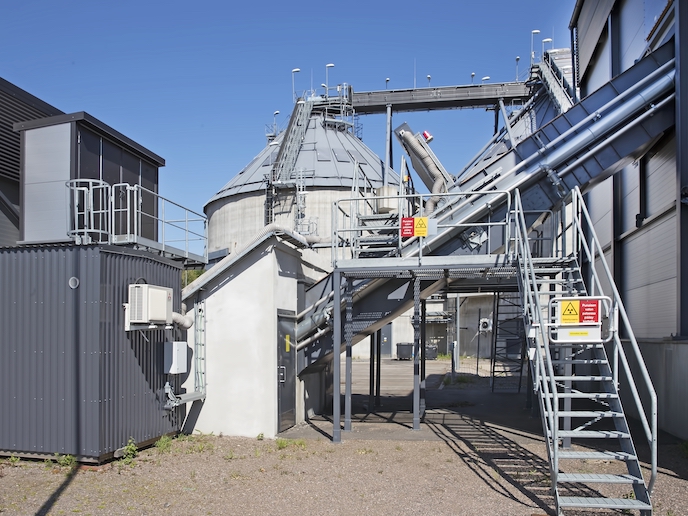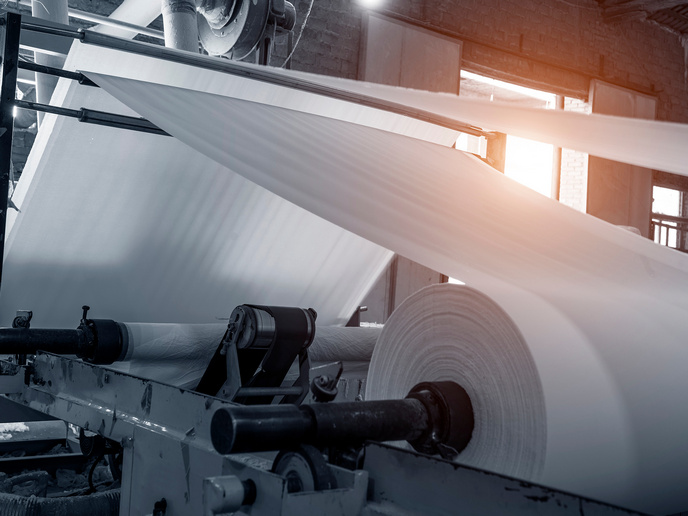Investigating better combustion through better straw
In their quest for biofuel types, it was logical that the industry would sooner or later turn to the use of straw since millions of tons a year are harvested. However in doing so, it was later determined that the burning of straw had its own problems, not the least of which was chlorine, potassium and sulphur concentrations. These elements had a strong tendency to present operational difficulties with the accumulation of ash deposits, deposit induced super-heated corrosion and sulphur dioxide emissions. In the investigation that sought to find methods to reduce these factors, it was found that both ash composition and combustion temperatures played significant roles. In the case of potassium release, it was discovered that during the grate-firing release, significant volumes were released. Additionally, evidence pointed strongly to the correlation between temperature and potassium release; the higher the temperature, the more significant volumes potassium release. Further correlations were also found between temperature and chlorine release, finding that for most samples with low chlorine content, chlorine was released at relatively low temperatures. Further results are detailed in their findings, proving to be an important step forward in understanding the role temperature and fuel composition of gas-phase release of potassium, chlorine and sulphur. Consequentially, studies of various straw types were investigated through thermo-gravimetric analysis and differential scanning calorimetry in order to characterise the biomasses. These measurements provided information on the total mass loss as well as the ash-melt as a function of temperature. However, further investigation is needed in order to gain a wider understanding of the different interactions between the various ash elements during the application of heat. This information proves valuable as it contributes towards the reduction of sulphur dioxide emissions from biomass-fired boilers.







